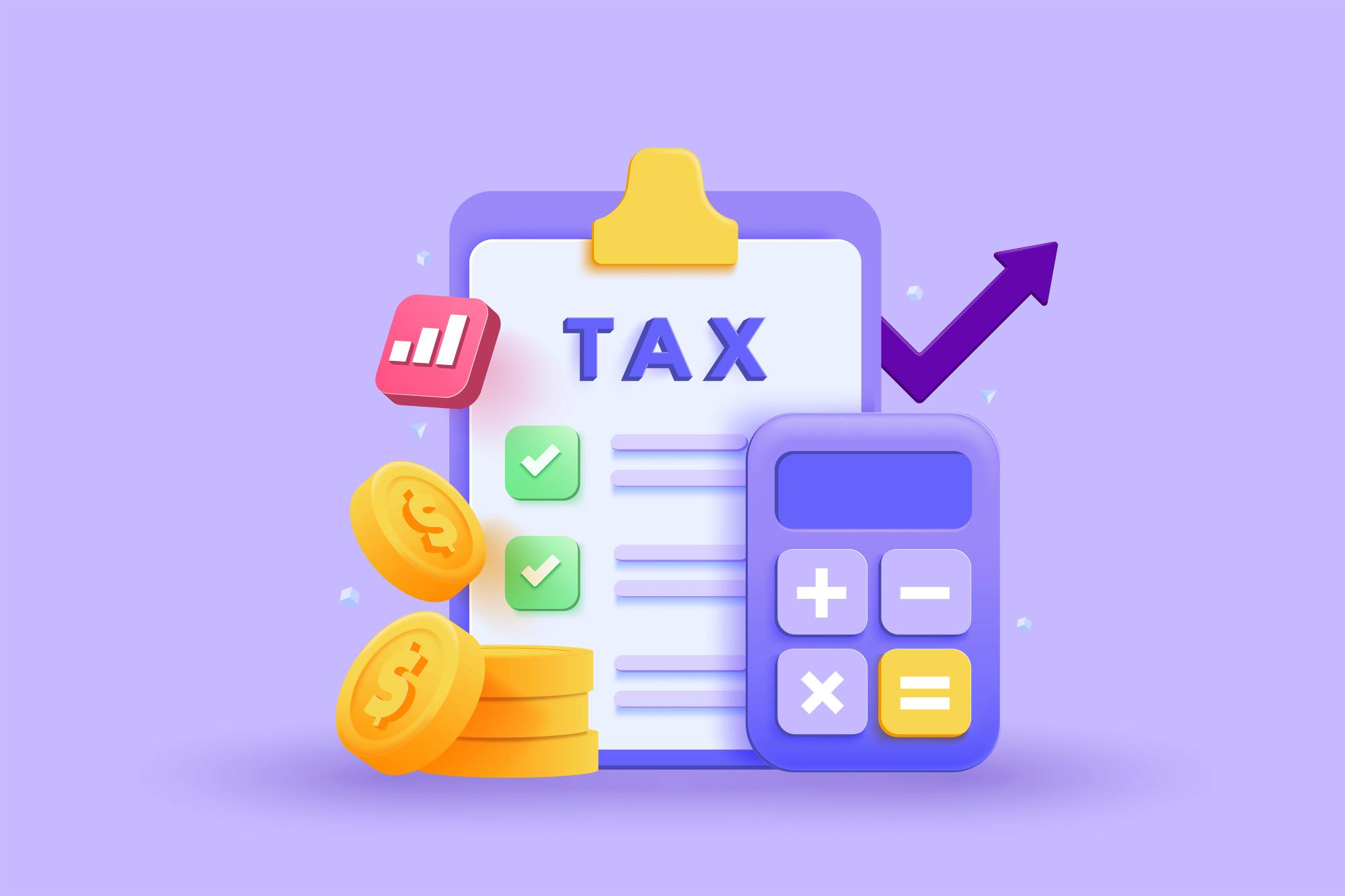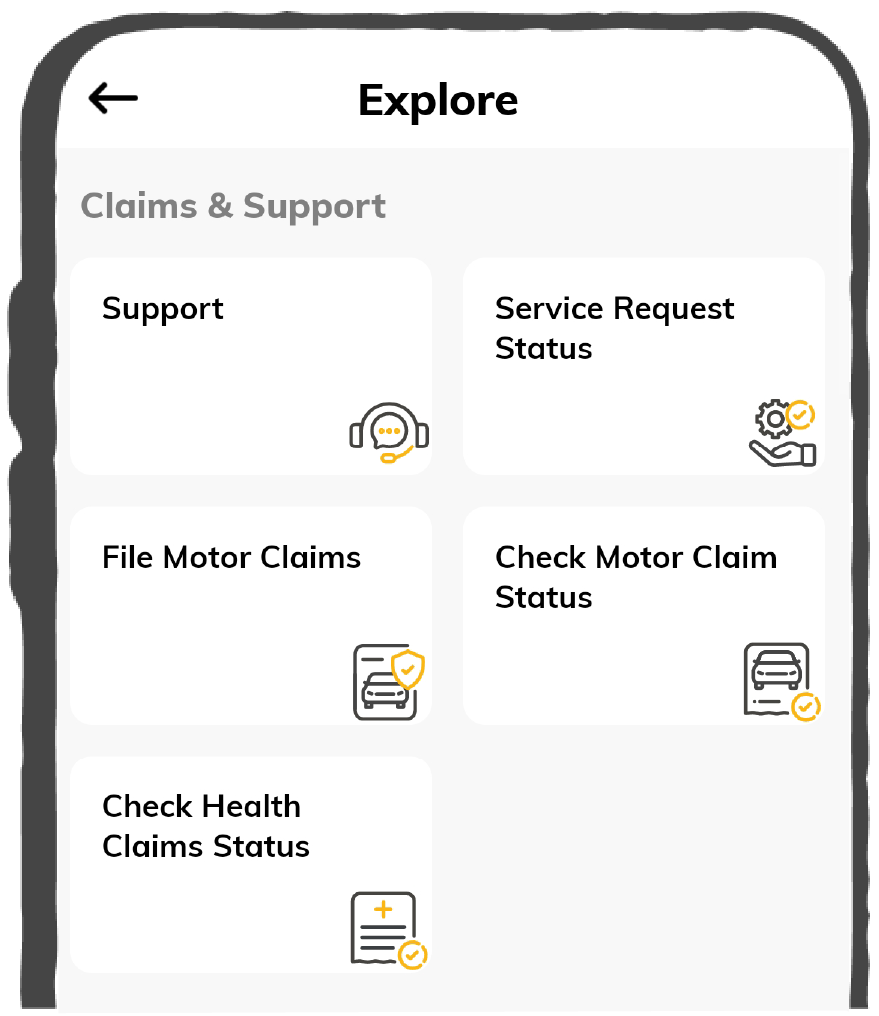Income Tax Calculator
See how the latest budget impacts your tax calculation. Updated as per latest budget on 23 July 2024
Return to be filed for AY 2026-2027
Return to be filed for AY 2025-2026
Age
< 60 years
61-80
> 80 years
Male
It includes the amount received by an employee without any tax deductions.
It includes income from other sources like freelancing, interest, gifts, etc.
Profits from the sale of an asset such as shares of stock, business, land or artwork.
It includes rental income from your let-out property.
It includes income from cryptocurrency, NFTs, etc.
Basic Deduction - 80C
It allows a maximum deduction of Rs 1.5 lakh
It includes Life Insurance Premium.
Amount invested in tax saver FD, PF(EPF + PPF) & tax saving mutual funds/ELSS.
It includes other investments under 80C like NSC, school fees, home loan repayment, Sukanya Samriddhi Yojana, ULIP, etc.
Total deduction
₹0
80D
It allows a maximum deduction of up to 1 Lakh
It includes Health Insurance Premium of You & Your Family. Upto ₹25000 (not Sr. Citizen)
It includes Health Insurance Premium of Your Parents. Upto ₹25000 (not Sr. Citizen)
It includes Health Check Up of You and Your Family Upto Rs 10000 within their existing limit of 80D.
Total deduction
₹0
Loan Interests
It includes interest on higher education loan for self/ dependent relatives.
It includes interest of EV car loan upto ₹150000.
Total deduction
₹0
80G
Entire donation amount paid to NGO, Political Party or Scietific Research/Agriculture.
Total deduction
₹0
80DD
It allows a maximum deduction of up to 2.25 Lakh
Individuals can claim deduction upto ₹75000 for the expenses of a disabled dependent and upto ₹125000 if disability is more than 80%.
Deduction allowed upto ₹40,000 and upto ₹1,00,000 for senior citizens.
Total deduction
₹0
80TTA
It allows a maximum deduction of 10 Thousand
Amount of interest gain on savings account by individuals, upto a maximum of ₹10000.
Total deduction
₹0
Section 24
A 30% standard deduction on total rental income from own rental property.
Deduction allowed upto ₹2 lakhs.
No limit on deduction amount.
Total deduction
₹0
NPS
It allows a maximum deduction of up to 50 Thousand
Deduction of up to ₹50,000 on own contribution.
Maximum contribution for both private and government sector employees is 14% of their salary (basic+DA)
Total deduction
₹0
HRA Exemption
This is the amount paid to the employee without any additions or allowances
Cost of living adjustment allowance paid to Government employees and pensioners. Please enter "0" if you do not receive dearness allowance.
Component of the salary given by a company to its employee to meet house renting expenses
Total rent paid by the employee in a year
Old Tax Regime
New Tax Regime
Total Income
₹ 0
Total Investment
₹ 0
Standard Deduction
₹ 0
HRA Exemption
₹ 0
Taxable Income
₹ 0
Total Deduction
₹ 0
Income Tax
₹ 0
Health and Education Cess(4%)
₹ 0
Surcharge
₹ 0
Total Tax Payable
₹ 0
Total Income
₹ 0
Standard Deduction
₹ 0
Taxable Income
₹ 0
Income Tax
₹ 0
Health and Education Cess(4%)
₹ 0
Surcharge
₹ 0
Total Tax Payable
₹ 0
Income Tax Calculator for FY 2025-26 (AY 2026-27): Calculate Tax as per New & Old Regime Online

The income tax calculator, old vs new regime, helps you gauge the impact of the old and new regimes of tax liability on your income. It serves you with a proper assessment of which regime to select and get most of the benefit.
Want to know more about its utility?
Keep reading!

Table of Contents

What is an Income Tax Calculator?
Income Tax Slabs Under Old Tax Regime
In order to understand the income tax calculation process, you first need to know the rates applicable for different income limits under the new and the old regime.
The Income Tax Slab Rates for Individuals and HUF below 60 years of age as per the existing (old) income tax regime are as follows:
Income Tax Slabs Under New Tax Regime
The Union Budget of February 2025 has proposed changes in the income tax slabs of the New Tax Regime, which will be applicable for computing tax from April 1, 2025, onwards. Here are the new tax slabs:
Under this revised tax structure for FY 2025-26, individuals with earnings up to ₹12,00,000 will not have to pay any tax thanks to an increased rebate of ₹60,000.
[Source]
Your income tax liability will be calculated depending on the regime you choose.
Now that you are aware of the applicable rates for respective income slabs under both regimes, let’s have a look at the calculation formula.
Income Tax Calculation Formula for New and Old Regimes
Note that irrespective of the chosen regime, the basic income tax calculation formula remains the same.
Here is the formula used by an online calculator for tax
Total income tax = {Total income - (exempted limit + all applicable deductions + TDS)} x applicable tax rate as per income slab + cess
How to Calculate Total Income Tax Liability?
Using an income tax calculator, you can calculate the tax liability based on the following points:
- The annual income comes from salary and other profits.
- Earning from other sources like savings, investments, rent, etc.
- Components of income eligible for exemptions.
- Transport allowance and house rent.
- Tax has already been paid through TDS.
Note that you need to pay tax on your gross taxable income, as is evident from the mentioned formula. This is your total income minus all applicable exemptions and already paid taxes.
Let's look at an illustration to understand this.
The following are your salary components, and the respective exemptions apply to them.
Since the exemptions and applicable rates under the old and new regimes are different, here are 2 examples to illustrate the respective calculation processes.
Income Tax Liability Under Old Tax Regime
Calculation of income tax liability with an income tax calculator under the old regime is shown below:
Calculation of income tax on the taxable income:
Income Tax Liability Under New Tax Regime
Calculation of tax liability using new tax regime calculator is shown here:
Calculate the tax amount under the new tax regime on the taxable income of ₹19,97,000.
How to Use Income Tax Calculator Online?
You can easily calculate salary and identify the amount you need to pay as income tax by using the old vs new tax regime calculator; just follow the simple steps given below:
Step 1
Under the Basic Details section first select your gender from the given options: (Male/Female/Transgender) and also select your age group from the three given age range classifications.
Step 2
Now, insert your gross annual income and basic annual pay under the allotted section.
Step 3
Then select your city from the drop-down menu. If your city is not among the given options, then select the “other” option. Also enter the annual house rent allowance and click on the “Continue” button to proceed further.
Step 4
Now under the Investment Details section first enter your total invested amounts, professional tax amount and medical insurance premium amount, if any in the allotted tabs as per Income Tax Act 1961.
Step 5
Now, enter the interests paid towards home loan and education loan, if any. Also provide income from interests that are eligible for deduction under the Income Tax Act 1961.
Step 6
Finally under the investment details section you need to insert your employer’s contribution towards the National Pension Scheme (NPS) and your monthly home rent expense.
Step 7
Lastly, check all the details thoroughly and hit on calculate after entering your personal details. Also Check your income tax payable as per the old and new regimes.
Different Components Involved in Old & New Tax Regimes
Different components considered under the tax regime are necessary to know how to calculate income tax.
At first, you have to calculate income from all sources, including -
- Salary
- House property (rental income and interest paid for a home loan)
- Capital gains or income from the sale or purchase of the house or any share of it
- Business or any professional service
- Savings including fixed deposits, PPF, etc.
Next, you need to consider the following deductions according to your chosen regime-
Benefits of Using an Income Tax Calculator Online
The benefits of an income tax calculator are as follows:
- Planning your tax liability
- Precise, easy, and comprehensive
- Saving time
- Getting the right information
- Free tool
- No login or credentials are required
- Shows details about the calculation
- Can select any option between the new and old regimes
An old vs new tax regime calculator is very helpful in understanding your tax liability for both new and old tax regimes based on the data provided. This way, you can choose the tax regime most suitable for you.




















